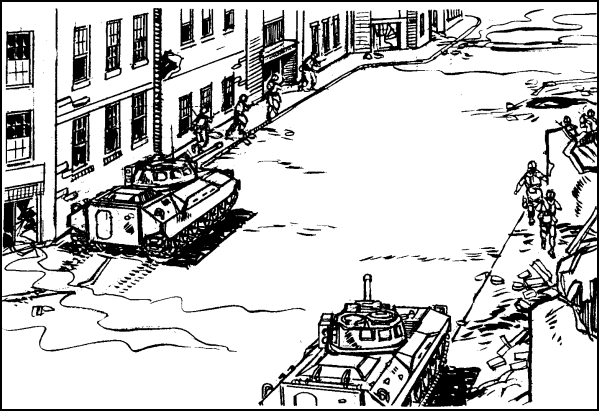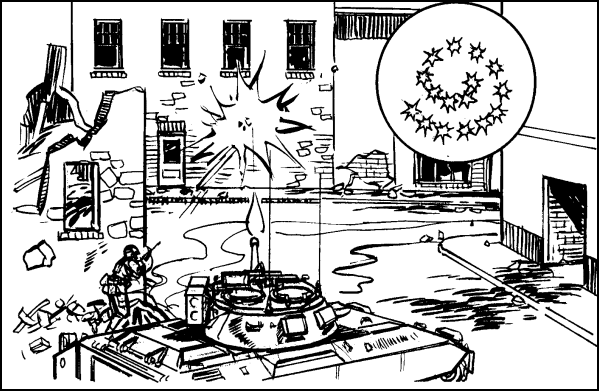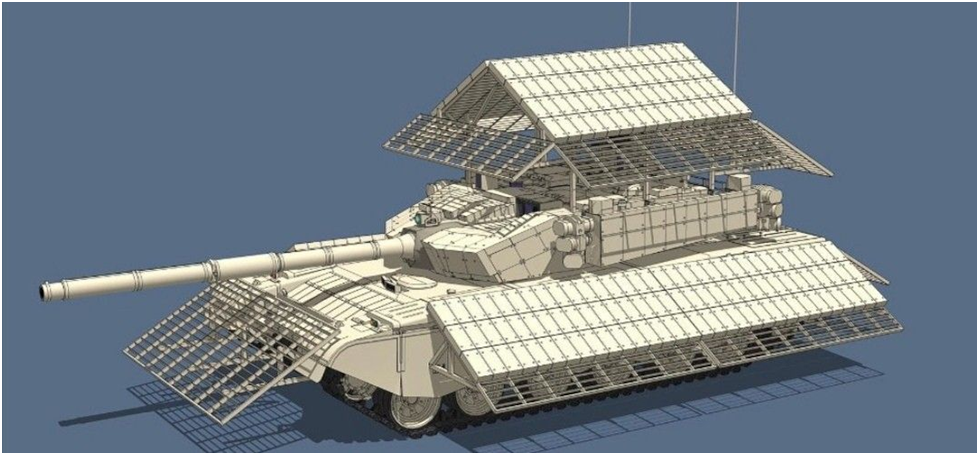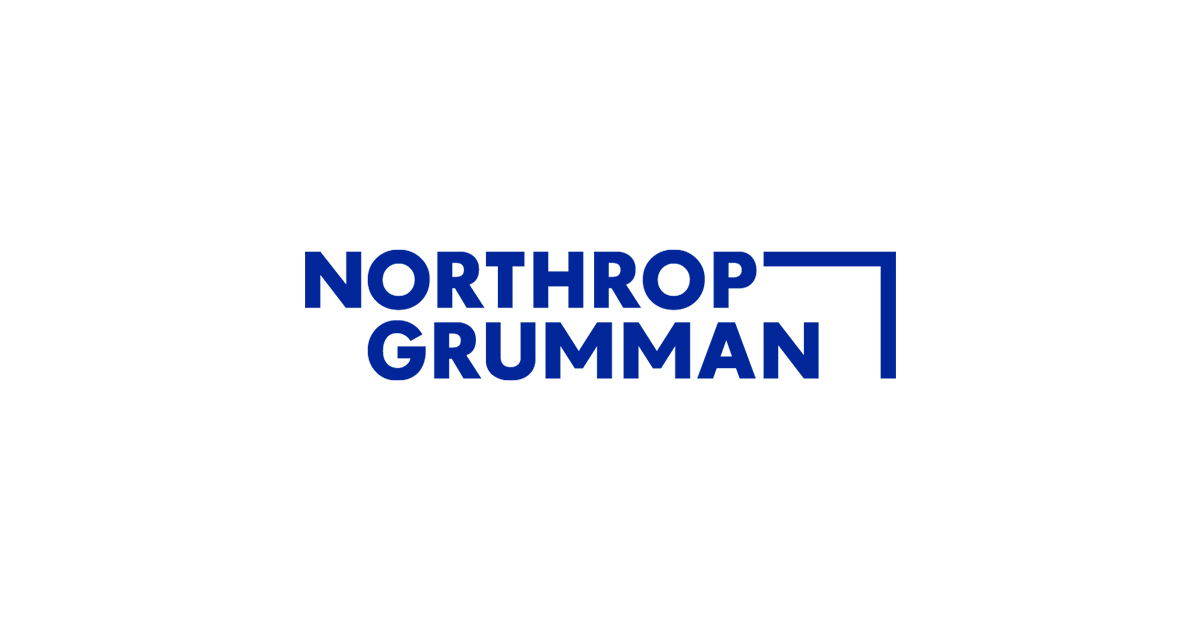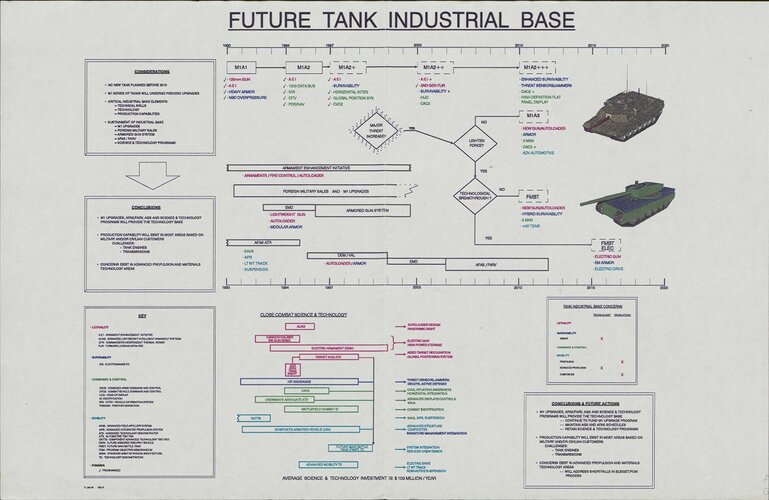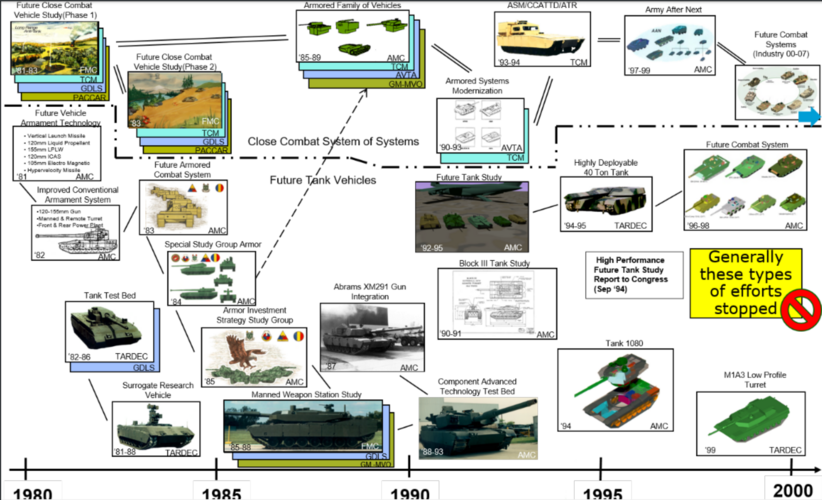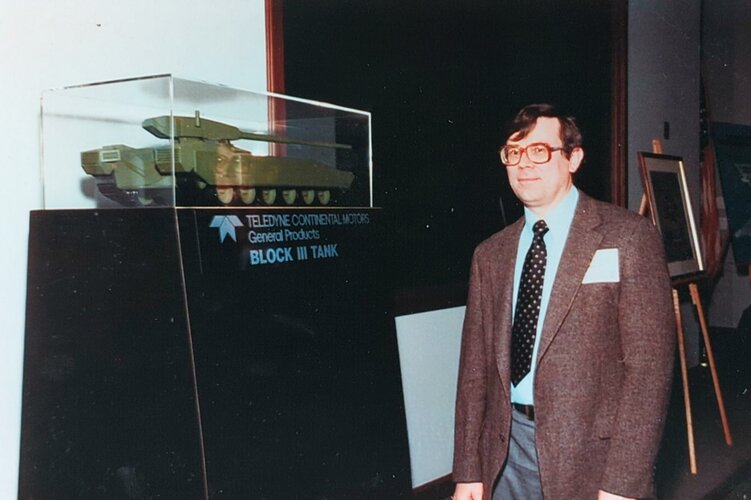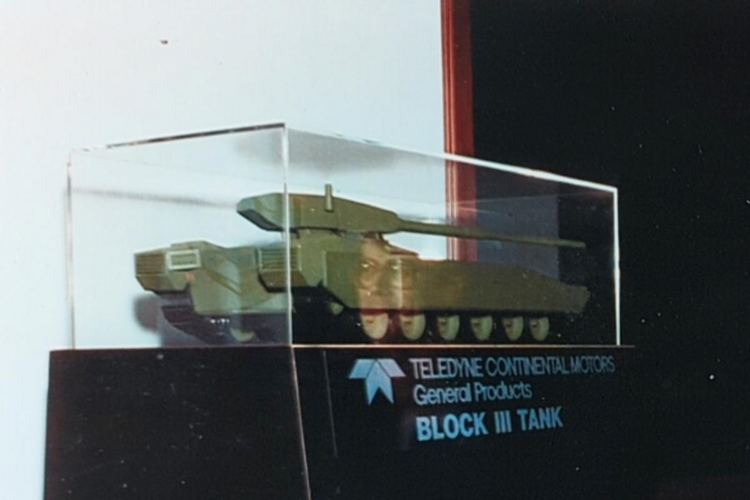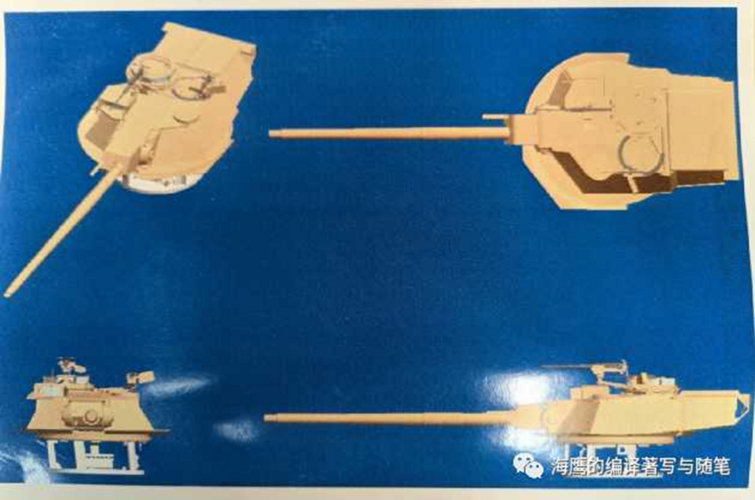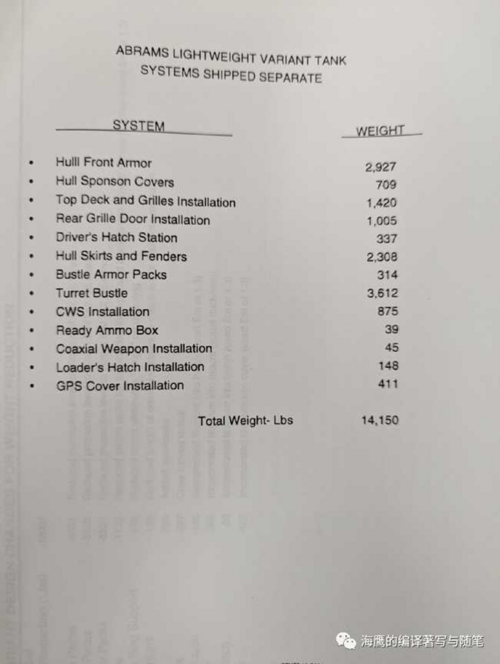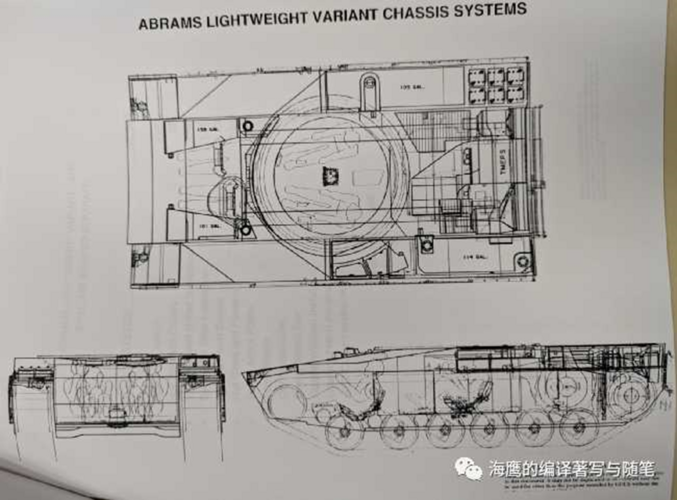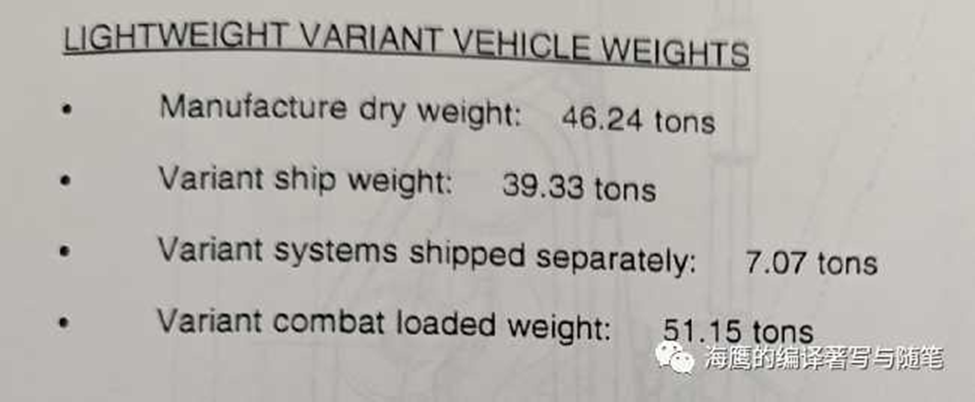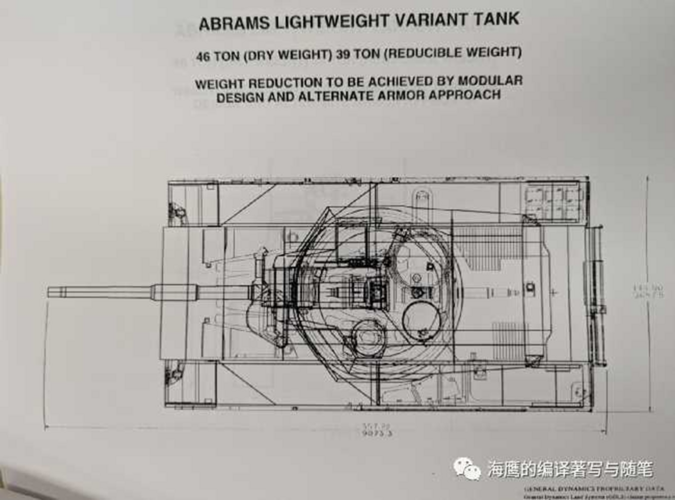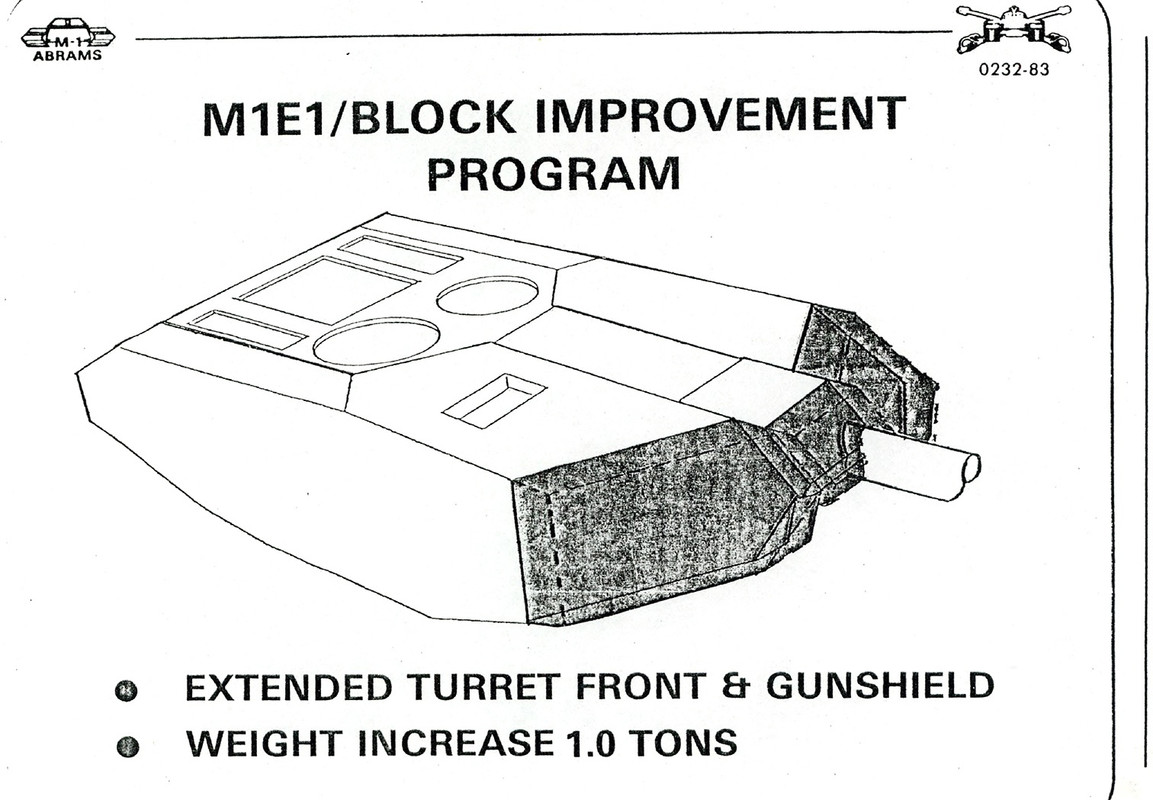Why would you want all of that?And the reason I want high capacity is for variety of ammo. You're going to carry a few rounds of a lot of types. Call it 4x or so canister, 8-10x of whatever you're calling the NLOS round (possibly times two different types, fast for flat ground and slow for hilly terrain and built-up areas, though usually you can load one based on terrain and just have two settings in the FCS), 10x MPAT, 10x Sabot, and 10x GLATGMs (separate from the fast NLOS); and that's 44 rounds. Because canister does things that MPAT doesn't, like relatively safely making doors in concrete buildings with a squad 10m away.
Current tank offensives in Ukraine peaks at tens of kilometres every day - that's a barely noticable, if zero shift in terrain features. Against an actually competent mechanized army like the PLAGF that will be down to multple kilometres until air superiority is achieved.
AMP also replaces CAN, MPAT and HE-OR in the US Army btw. It won't be NLOS but the Abrams also doesn't have the sensors neccesary to execute proper NLOS shots, maybe general grid firing with GPS within a 20km vicinity.
Dedicated GLATGM is obsolete. They can be perfectly dealt with by normal APS.
These days you'd want only 2 type of rounds: HE-GP and APFSDS. Most militaries already moved beyond 5 rounds of major natures of anykind to 2-3 at maximum.
No offense seriously but 44 rounds of 5 types sounds more like a teenager's wishlist after playing BF4 than what actual military planners would think of. Even the US Army moved to 2 round: M829A4 and AMP. Germany have around 3 (DM12, DM11, sabot), France have 2, poorer western European armies use 3 (HEAT, manual fuze HE, sabot) along with T-72 and derivatives users. Not that it's too complicated for the FCS ( Sprut-SD have something like 7 rounds available for use). Edit: it's not 7 rounds, it's 8 different types of APFSDS with more for HEAT and HE
20 rounds of ammunition (13-15 HE, 7-5 sabot) because assuming that youre getting a 3-1 or above exchange ratio against a peer enemy is just arrogant, 30000+ coaxial and HMG rounds total because you would be spending most of the assault hammering MG positions, trenches and shooting at the brief silhouettes of enemy infantry, unless there are plenty of UAVs to spot targets ( which, again, is a poor assumption).
If anything, Ukraine taught us that just *adequate* ammo capacity is best, because you don't fill your MBT up with explosive, and ensuring a constant supply line is much more important than the ability to fight for 2-3 days all by yourself assuming unlimited food, water and gas.
And as Bobbymike said, lets just get back on topic. A discussion on current industry offerings of potential use on a M1 replacement, maybe?
Rheinmetall
The Hungarian government has joined forces with Rheinmetall to develop the Panther KF51 through to production maturity.
Last edited:

